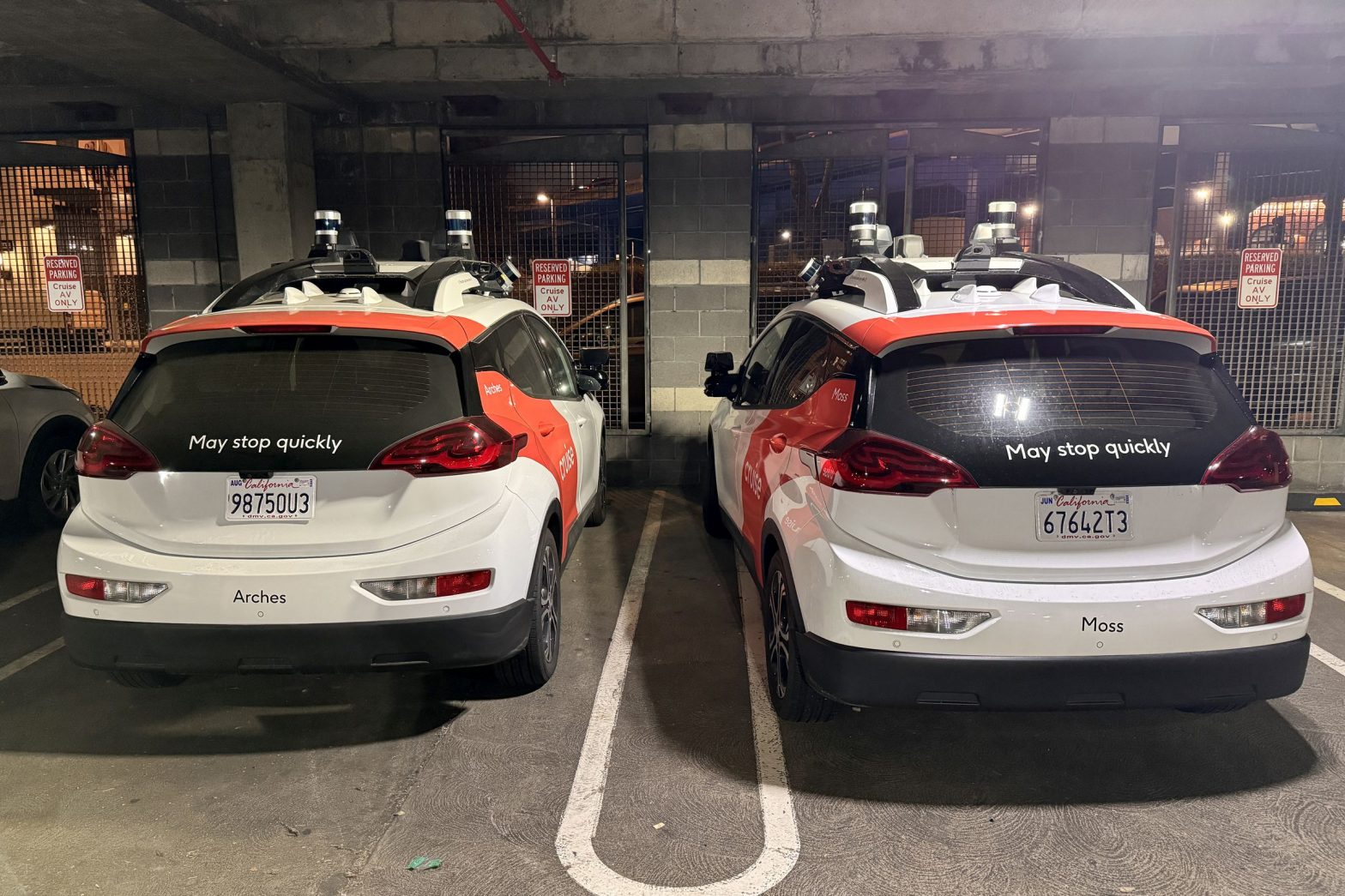/
It’s not a physical recall but, rather, an over-the-air software update that will ensure that future Cruise vehicles remain stationary if a pedestrian gets pinned under one of its vehicles.
Share this story
:format(webp)/cdn.vox-cdn.com/uploads/chorus_asset/file/25067691/1744189986.jpg)
Cruise, the self-driving car subsidiary of General Motors, says it is recalling 950 of its driverless vehicles in response to an October incident in which one of its robotaxis ran over a pedestrian.
The recall, which was initiated by the company, will take the form of an over-the-air software update to the collision detection subsystem so the vehicle remains stationary during certain crash incidents, rather than pulling over to the side of the road.
On October 2nd, a pedestrian was struck by a hit-and-run driver in San Francisco, throwing her in the path of a nearby Cruise vehicle. The driverless car then attempted to pull over to the side of the road, dragging the pedestrian 20 feet and seriously injuring her.
In the recall notice, Cruise acknowledges that in certain situations the pullover attempt “is not the desired post-collision response.” Cruise’s automated driving system “inaccurately characterized the collision as a lateral collision and commanded the AV to attempt to pull over out of traffic, pulling the individual forward, rather than remaining stationary.”
“With the new update, the Cruise AV would have remained stationary during the October 2 incident,” the company adds.
Cruise said its evaluation of the crash response, which took three weeks, determined that “a collision with a risk of serious injury could recur with the Collision Detection Subsystem every 10 million – 100 million miles of driving on average.”
In response to the crash, the California Department of Motor Vehicles suspended Cruise’s license to operate its vehicles in the state. The department also accused the company of withholding portions of the video of the incident that showed its vehicle dragging the pedestrian to the curb. Cruise denies the allegation, claiming it showed the agency the whole video.
RMISC-23E086-4326 by ahawkins8223 on Scribd
Cruise grounded its fleet nationwide (the company also has driverless cars in Arizona, Florida, and Texas) as it reevaluates its safety protocols. The company also paused production of its fully driverless Cruise Origin shuttles that are built to operate without traditional controls like steering wheels and pedals.
Last year, Cruise issued a recall on its automated driving system after a crash resulted in minor injuries. The company’s board hired an outside law firm and technology consultants to review its response to the incident. Cruise is also under investigation by the National Highway Traffic Safety Administration for other incidents.
